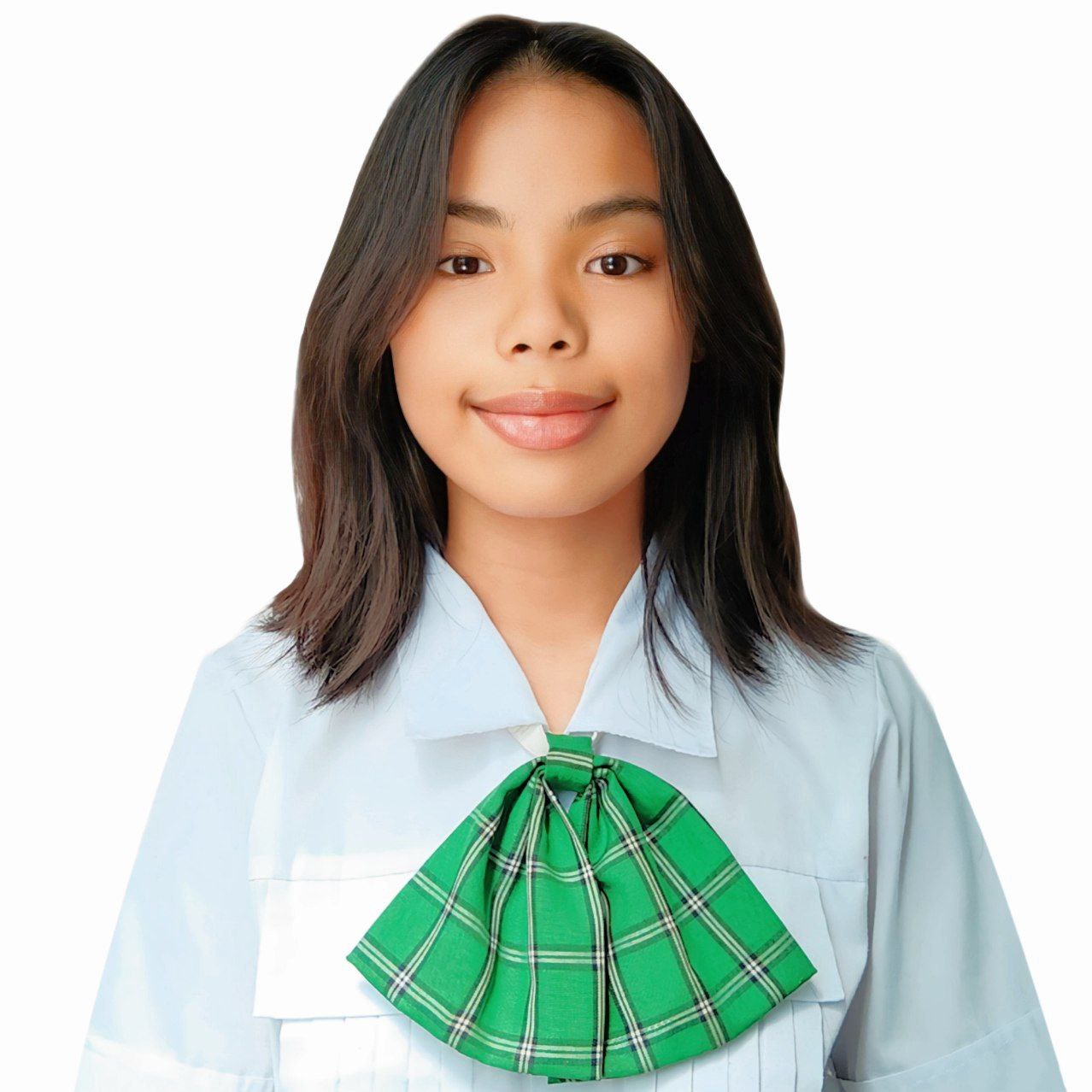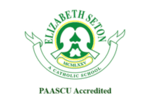

Sasha Bayaras
Author and Layout Artist
Student Spotlight: Inside Setonians' Minds
Do you ever look at someone and wonder, “what is going on inside their head?”
It’s 11:52 am, 8 minutes before lunch time. The faces stuck in tiny boxes stare blankly into the camera, their expression tired, much like yours. You start to give into your temptation to press the leave meeting button. Maybe just this once. Class is about to end anyway, and–
Okay class, time for the closing prayer.
FINALLY! Just 2 more minutes and you’re free. After this, you’ll eat. At home. Maybe finish up some requirements and switch to Valorant. Lie in bed for a couple hours watching TikTok before going to sleep. Wake up the next morning and it’s the same thing, at the same time, in the same place.
Ugh, this is agonizing, you think to yourself. Do other people feel this way? Surely it isn’t just… you… right?
After a long 2 years of this monotonous routine, we finally break into something new. No more tiny boxes on the screen. These are real people, with their real faces, and their real voices. The murmurs when you get to choose your groupings, the laughter at the canteen, seeing friends hugging each other–you get to experience all of it again.
This is so nostalgic, you think to yourself. Do other people feel this way? Surely it isn’t just you, right?
To answer your question, I began the task of discovering the clockwork of the Setonian mind by interviewing a handful of learners ranging from junior to senior high school.
To start, I inquired what rating out of 10 they would give the new setup. The highest rating was 9, the lowest was 7. Despite their varying backgrounds, their experiences adjusting to the re-implementation of in-person classes were similar. A downside most expressed was the fatigue from the sudden change of routine. “I can’t comprehend how hard it was before the pandemic,” explained Lindsay Serrano, an interviewee from Grade 9. “We went to school every Monday to Friday for 7 to 9 hours. Now, it only lasts 6 hours and in-person classes aren’t every day, but it’s still tiring.” The interviewees also described the new schedule with classroom-based learning as fun and exciting because of the activities and interactions with fellow students compared to the lack thereof when learning completely remotely.
Face-to-face and online learning definitely have their differences, but by combining them, we can accentuate our abilities more, much like a spark. Rieseann Gauuan compares this spark to those in fireworks. “It somehow reminds me of how we could be inspired,” she says, “not only by online media but also by physical means through our classmates, friends, and teachers to bring out our inner passions through a boom of ideas, a spark.”
Through social cues, a simple “wow” encouraging words from classmates when reciting can go a long way in motivating us to share ideas. These in particular were not prevalent during virtual classes, making oral recitation intimidating. Now, we have more opportunities to be luminous under the spotlight, especially during House activities. Before meeting in person, talking to seniors and joining competitions during House period was daunting. Most have their cameras off and microphones muted during Zoom meetings, which hinders us from forming connections with other batches. However, through face-to-face meetings with fellow House members, we can feel the determined and competitive spirit to win and shine as one.
It’s as if we were rebirthed with confidence, no longer brought down by the fear of failing– striving more for excellence, not perfection. We should not be afraid to show ourselves. As we do so, we grow as celestial beings, developing into something supremely good. Having self-assurance makes us believe that we have everything in our power to reach our full potential, therefore attaining divinity. In Seton South’s 25th year, we begin anew not only for ourselves but for the school and its student bodies. This year’s Supreme Student Council’s chancellor, Trisha Rojales, excitedly shares with me that the events planned are student-oriented, so as to help Setonians experience a memorable school year. This is especially game-changing for students like Matt Prodigo, who are taking their first steps into high school life, ecstatic for social interaction.
Amidst the change within and around us, there are things we must keep close to us in order to thrive. Six interviewees, six items–here are the essentials they consider must-haves during hybrid classes.
Mask. Matt recounts a time when his classmate’s mask broke and he gave his extra to them. Safety is an integral aspect of our learning experience–though the pandemic is slowing down, it is still crucial to implement precautions to avoid any and all types of sickness.
Pen. During physical learning, we only have our brains to absorb information. “A pen is a recording device similar to our phones or computers,” Rieseann remarked. “It helps to process the lesson through an information map, not only in our minds or through the given slides, but also to look back upon with detail.”
Water. We lacked exercise during HVLP classes as we were in front of the screen all day, even after class hours. Based on Lindsay Serrano’s experience, people are prone to developing a hoarse voice after socializing with friends and reciting in class. Now that we are on campus and active, we should have water to stay hydrated and energized.
Laptop. Having this is convenient as it is flexible. Apps like Notion help in keeping Dannelyn Obille’s life in order. Notes and to-do lists amidst senior high applications, business simulations, and house activities. There isn’t a week where she isn’t productive, so she must have an item that can keep up with her.
Yellow pad. Lara Cabarles describes the pressuring feeling of writing neatly on a notebook. To combat this, writing on a yellow-pad paper could help. “Less formal siya sa notebook, so you can just scribble,” she says. It lays the foundation of your ideas and is great to have for solving problems or creating drafts. Essentially, yellow-pad papers bring the focus to formulating thoughts instead of the tidiness of notes.
Kindness. Trisha Rojales reminds us that aside from being intelligent, it is crucial to bring a good outlook towards life and towards peers and teachers. “Personally, I’m such a mental health forward advocate,” she says, “Gusto ko sana, in school, we all stay kind to each other, we’re all open to meeting different and new people.”
The insights and adventures of Setonians are relatable but also captivating, showcasing the diversity and richness of our community. We are a tapestry of unique individuals, each with our own life experiences and stories, yet despite this, we are all interconnected. Our minds possess a similar complexity just as sophisticated as the intricate inner workings of clockworks—beautiful, intricate, and fascinating to observe. However, unlike clockworks, our minds have the incredible capacity to adapt, grow, and transform. Let us embrace this flexibility and create a culture that fosters open expression of ideas and opinions, allowing each individual to flourish and thrive as we journey through life together.
